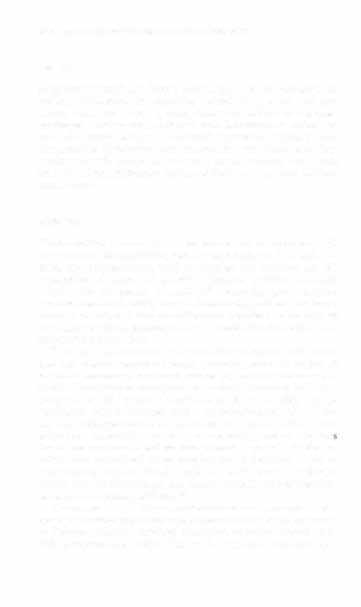i bc27f85be50b71b1 (147 page)
Read i bc27f85be50b71b1 Online
Authors: Unknown

Age
Skin, just like other tissues and organs, changes with age. Decreased
cellular activity during the aging process leads to decreased collagen
production thar results in less collagen organization in older individuals. Reduced collagen organization resulrs in decreased tensile strength of the skin that could result in greater damage after trauma
in the older individual. Other examples of skin changes with age
include delayed wound contraction, decreased epithelialization, and
delayed cellular migration and proliferation.56 Other comorbidities
that delay wound healing, such as diabetes, peripheral neuropathies,
and related vascular problems, occur with greater frequency in older
individuals.

474
AClJTE CARE HANDBOOK fOR PHYSICAL TIIERAIIISTS
Lifestyle
A patient's lifestyle can have a great impact on the prognosis for
healing, decision-making regarding wound management, and preventive care. For example, occupations and hobbies that require prolonged standing may predispose some individuals to varicosities
and other venous problems. Individuals exposed to traumatic situations, such as construction workers, are also more likely to reinjure healing wounds. Behaviors such as cigarette smoking can impede
wound healing significantly because of the vasoconstriction that nicotine creates.
Nutrition
Good nutrition is necessary for the growth and maintenance of all
body tissues. Macronutrients, such as carbohydrates, fats, and proteins, and micronutrients, such as vitamins, are necessary for cell metabolism, division, and growth. Therefore, nutrition is closely
linked with all phases of healing.57 Generally, poor nutrition
decreases the body's ability to heal. Additionally, patients with burns,
wounds, or infection who are adequately nourished at the time of
their injury or the development of their wound may also develop protein-calorie malnutrition.
There are major metabolic abnormalities associated with injury
that can deplete nutritional stOres, including increased output of
catabolic hormones, decreased Output of anabolic hormones, a
marked increase in metabolic rate, a sustained increase in body temperature, marked increase in glucose demands, rapid skeletal muscle breakdown with amino acids used as an energy source, lack of ketOsis, and unresponsiveness to catabolism to nutrient intake.-�8 Protein-calorie malnutrition can delay wound healing and cause seriou health consequences in patients with wounds, especially if infection
exists. Poor nutritional status, whether due to decreased intake or
the stress response, can set off a series of metabolic events leading to
weight loss, deterioration of lean tissues, increased risk of infection,
edema, and breathing difficulty.58
These events can lead to severe debilitation and even death. Inadequate diet control in patients with diabetes exacerbates all symptOms of diabetes, including impaired circulation, sensation, altered metabolic processes, and delayed healing. A nutritional assessment by a

BURNS AND WOUNDS
475
registered dietitian, nutritional supplements, and careful monitoring
of the patient's nurritional status and weight are important components of a comprehensive assessment and treatment program for the patient with a wound.
In addition, therapists should work with other health care professionals to curb the systemic stress response. Removing necrotic tissues, treating infections, and ensuring adequate hydration and blood fluid volumes will help to limit physiologic stressors. Premedication before painful procedures and avoiding extreme temperatures help minimize stress. Exercise serves as an anabolic stimulus for muscle, facilitating a reduction of the catabolic state,58
Cognition and Self-Care Ability
There is an increased risk of infection and other wound healing
complications if neither the patient nor the caregiver has the cognitive or physical ability, or both, to properly care for a wound, including wound cleansing and dressing removal and application.
The patient'S or caregiver'S abilities, or both, have a great influence
in the choice of dressing(s) and on discharge planning. Certain
dressings require more skill than others to maintain. Complex
wound care can justify a stay at a rehabilitation hospital or skilled
nursing facility.
Vascular Statlls
Any compromised vascular status may contribute to the development
of delayed wound healing owing to a lack of oxygenation and nutrition to the tissues.
Medical Status
Generally, compromised health causes a decrease in the body's ability
to progress through the healing process. Pre-existing infection or a
history of cancer, chemotherapy, radiation, acquired immunodeficiency syndrome, or other immunodeficiency disorders can decrease the patient's ability to heal. Congestive heart failure, hypertension,
and renal dysfunction can also slow wound healing.


476
ACUTE CARE HANDBOOK FOR I)HYSICAL THERAPISTS
Medications
Steroids, antihistamines, nonsteroidal anti-inflammatory drugs, and
oral contraceptives may delay wound healing, as can chemotherapy
and radiation. These medications can decrease the tensile strength of
connective tissue, reduce blood supply, inhibit collagen synthesis, and
increase the susceptibility to infection.59 Amicoagulants thin the
blood and decrease its ability to clot; therefore, the healthcare provider needs to diligently monitor bleeding during dressing removal and consider debridement methods that will not cause bleeding.
Chronic Wounds
In healthy individuals without comorbidities, an acute wound should
heal within 3 to 6 weeks, with remodeling occurring over the next
year. If a wound remains in one of the stages of healing without progression, it becomes a chronic wound.6o Chronic wounds are defined as wounds that have "failed to proceed through an orderly and timely
process to produce anaromic and functional integrity, or proceeded
through the repair process without establishing a sustained anatomic
and functional result. "61 The acute care therapist should be inclined
to search for underlying causes of delayed wound healing, especially
when treating a wound thar has not healed in more than 6 weeks.
Wound Assessment and Acute Care
Management of Wounds
The evaluation of a patient with a skin wound includes a general history (identification of factors that can delay healing), performing a physical examination (sensation, pain, ROM, strength, and functional mobiliry) and a specific examination of the wound itself.
History
In addition to the general chart and medical history review (see
Appendix I-A), the following information is especially relevant for
determining wound etiology and risk facrors, an intervention plan,
and potential outcomes:

BURNS AND WOUNDS
477
Wound History
• How and when did the wound occur?
• What interventions have been administered to the wound thus
far? What were the results?
•
Is there a previous history of wounds? If so, what were the etiology, intervention, and time frame of healing?
Risk Factors
•
Howald is the patient?
•
Is the patient cognitively intact?
•
Where and for how long is the patient weight bearing on areas
involving the wound site?
• What is the patient's occupation or hobby? How many hours
does the patient spend on his or her feet per day? What positions
and postures is the patient in throughout the day?
•
Does the patient smoke?
•
Is the patient generally well nourished? Is the patient taking any
supplements?
•
Has the patient experienced any weight loss or gain lately?
• If the patient has diabetes, is it well controlled?
•
Does the patient have an immunodeficiency disorder or a medical condition that increases his or her risk of infection?
• Does the patient have a medical condition that causes altered
sensation?
• What medications (including anticoagulants) is the patient taking? What are their effects on wound healing?
Psychosocial Factors
•
Does the patient have a good support system, including physical
